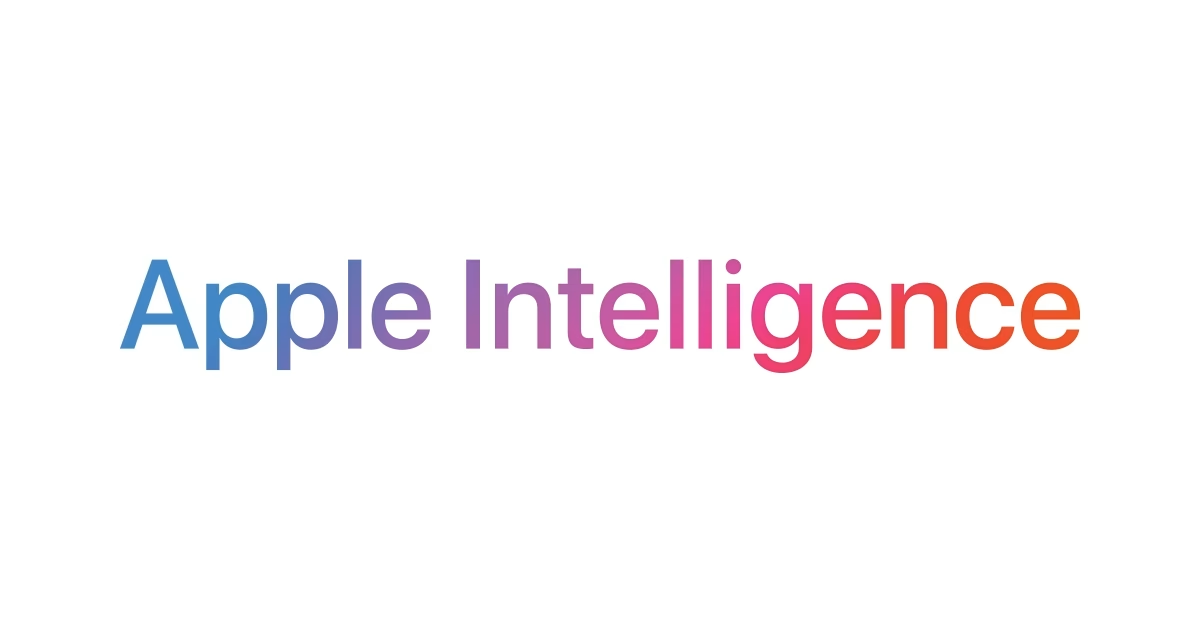Developers Embrace Apple's Local AI Models with iOS 26, Sparking Innovation
The tech world is buzzing following the official release of iOS 26 on September 15, 2025, and notably, developers are already making significant strides leveraging Apple's integrated local AI models. This isn't just about Apple's own "Apple Intelligence" features; it's about a fundamental shift in how third-party apps are being built, offering powerful, privacy-preserving capabilities directly on users' devices. The immediate adoption highlights a clear advantage for developers: zero-cost integration for both them and their users, a compelling proposition in today's competitive app landscape.
According to recent reports, including a detailed analysis just minutes ago on BizToc, specific applications are already showcasing the power of these on-device models. We're seeing a rapid materialization of the promises made at WWDC 2025, moving past the delays of 2024 into a tangible reality for app creators. This is a big deal.
On-Device Intelligence: A New Frontier for App Development
Developers are quickly tapping into Apple's Foundation Language Models to inject sophisticated AI directly into their applications. Think real-time photo editing that intelligently suggests improvements based on context, or app-specific intelligence that learns user habits without ever sending data to the cloud. This isn't just hype; it's practical, user-centric innovation.
For instance, imagine a journaling app that can summarize your day's entries and highlight key emotional patterns, all processed securely on your iPhone. Or a productivity tool that can intelligently categorize notes and suggest follow-up actions based on your calendar, without ever needing an internet connection for the core AI functions. These are the kinds of "beyond the hype" applications that are starting to emerge. The beauty of it? These features run locally, meaning enhanced privacy and often, snappier performance. No more waiting for server roundtrips for basic AI tasks.
The Technical Backbone: Apple Silicon and 3B-Parameter Models
So, what's powering all this on-device magic? Apple's local AI models are specifically optimized for Apple Silicon. We're talking about the A17 Pro chip in the latest iPhone 15 Pro and newer models, as well as M1-equipped iPads and devices running macOS Tahoe. This hardware-software synergy is critical. It allows for a 3B-parameter on-device Foundation Language Model, a compact yet powerful engine capable of multilingual and multimodal processing. Text, images, audio—it handles it all.
And the performance? Apple's tech reports indicate on-device inference speeds up to 1.5x faster than previous iterations. That's a noticeable difference for users. For heavier lifting, where a local model just won't cut it, Apple's Private Cloud Compute steps in, offering server-side models with impressively low latency, typically under 200ms for most queries. It’s a smart hybrid approach, ensuring privacy where possible and power when necessary. This dual strategy gives developers flexibility, letting them decide which tasks are best handled locally and which require more robust cloud-based processing.
Impact and Market Trends: A Privacy-First Paradigm
The immediate impact of iOS 26 and its integrated AI is already being felt. Analyst predictions from sources like AppleInsider suggest a potential 20-30% increase in App Store downloads in Q4 2025, driven by this wave of AI-enhanced applications. This isn't surprising, is it? Users are increasingly valuing privacy, and Apple's approach directly addresses that.
This focus on privacy-preserving, on-device processing distinctly differentiates Apple from competitors like Google or OpenAI, who often rely heavily on cloud-based AI. Developers don't have to worry about the significant infrastructure costs associated with running large language models themselves, nor do they need to navigate complex data privacy regulations for every AI interaction. Apple handles the heavy lifting, providing the tools and the secure environment. It's a win-win, really, fostering innovation while keeping user data safe.
User Control and the Road Ahead
While developer enthusiasm is high, Apple hasn't forgotten about user control. Interestingly, a user guide from News-Journal Online published yesterday detailed how to disable Apple Intelligence features in iOS 26. This highlights that while AI is a core part of the update, users retain the agency to opt out if privacy concerns or simply a preference for a simpler experience dictates. It's a crucial aspect of trust in the AI era.
What's next? We can expect to see an explosion of creativity as developers fully explore the capabilities of these models. From smarter accessibility features to more intuitive creative tools, the potential is vast. The initial wave of adoption is just the beginning. The shift to on-device AI isn't just a feature; it's a new paradigm for app development on Apple platforms, promising a future where intelligence is deeply integrated, personal, and private. And frankly, that's pretty exciting.
